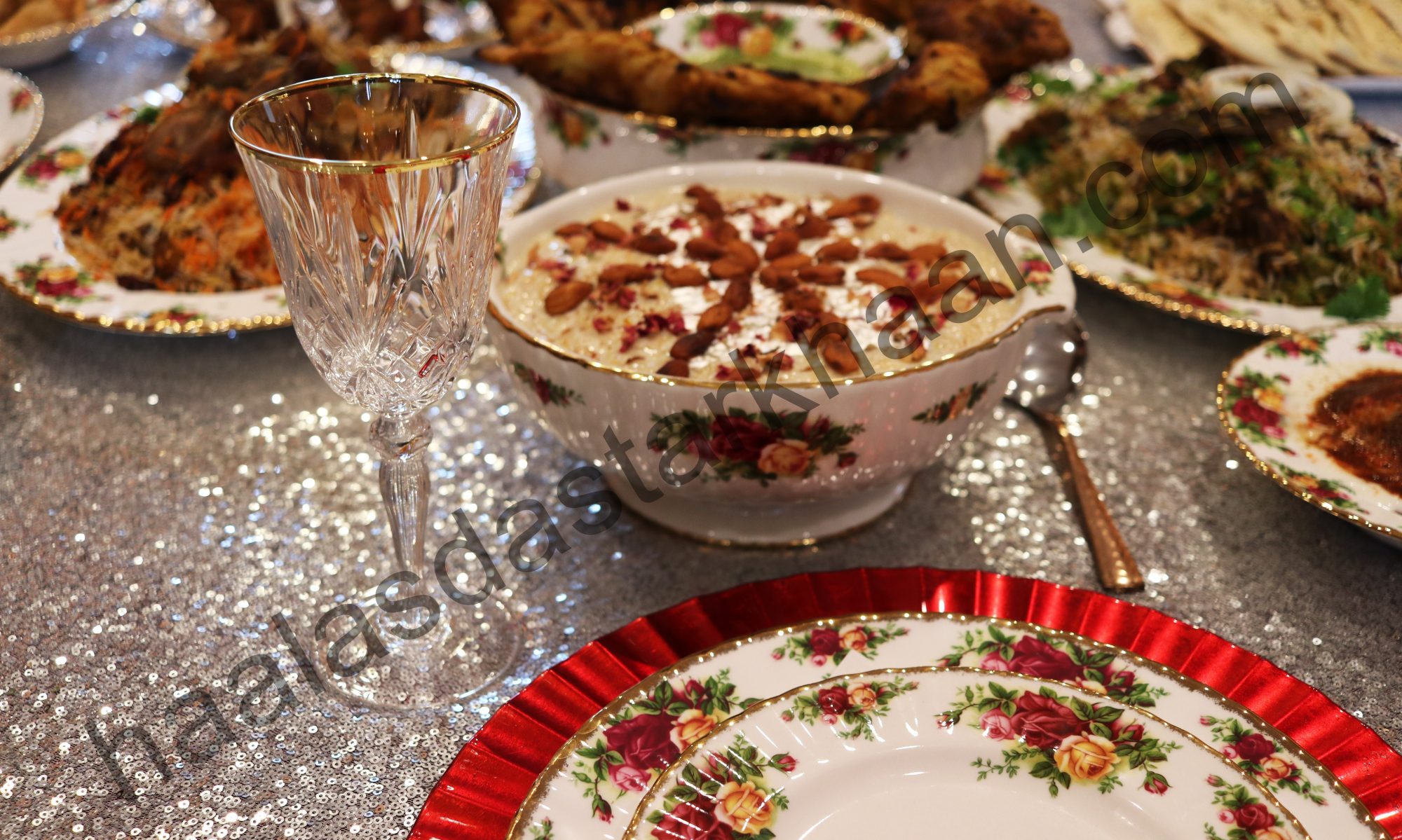Though synonymous with Indian cuisine and a part of specialty, the biryani is regarded as an import from West Asia, more specifically, Persia. The word biryani is thought to originate from the Persian word “birian” which means ‘fried before cooking’ or “birinj” meaning ‘rice’. The rice is washed and soaked and is cooked in ghee with whole spices and then cooked in boiling water. This imparts a mild nutty flavor to the rice and also helps rice retain their shape after being boiled.
The recipe of a good biryani has been simple, rice and meat that is cooked in spices and other ingredients set in layers. Traditionally, long grain white rice is preferred option with biryani. In south India, local varieties like kaima or jeeraka shala provide their own distinct flavor and texture to the dish. The meats vary from goat, sheep, poultry, beef, eggs to seafood as well. Fragrance heightens its appeal, you can add Kewra water, saffron or Rose water . The cooking technique can be Kacchi Biryani, where the meat is layered with raw rice or Pakki Biryani, where cooked rice and meat are layered together.
Legend has it that Timur the Lame, the Turkic conqueror and founder of the Timurid Empire, was responsible for the entry of biryani to India. His armies would consume a hearty diet of pots of rice, spices and meats that were slow cooked in hot buried pits which were dug out at meal time. While biryani may very well have been part of a war diet, there was always a certain romance associated with it.
Stories also claim that Mumtaz Mahal, the inspiration behind India’s most celebrated monument and symbol of love, the Taj Mahal, had something to do with it. It is believed that Mumtaz Mahal once visited the Mughal army’s barracks in Moradabad and was dismayed by the dire conditions and poor nutrition endured by the soldiers. She ordered the cook to prepare a wholesome meal that blended meat and rice. And thus, they say, the biryani was born. As the history speaks, Moradabad, was founded in 1625 and named after Murad Baksh, son of Mughal Emperor Shah Jahan. Therefore, we can kind of believe that this recipe is close to the original recipe of Queen Mumtaz Mahal. The Moradabadi is typically low on spices and high on flavor.
Whether it was the Nawabs of Oudh (Awadh) in Lucknow or the Nizams of Hyderabad, the biryani blossomed into regional variations wherever it went. This Biryani comes with its own unique flavor. Enjoy!!!


